Why Understanding Matters: The Pig and the Sheep's Tale
- Introduction
- The Pig's Unexpected Encounter
- The Pig's Struggles Begin
- The Sheep’s Perspective
- The Pig’s Reply: A Lesson in Perspective
- The Moral of the Story
- Broader Life Lessons
- 1. Avoid Surface-Level Comparisons
- 2. Empathy and Understanding
- 3. Recognizing Contextual Differences
- 4. Communication is Key
- Relevance of the Fable in Modern Life
- Conclusion
- Moral
Introduction
In a meadow not far from the bustling village, a valuable lesson about understanding others’ circumstances unfolds. This is the story of The Pig and the Sheep, a fable that illustrates the importance of perspective and empathy. Though seemingly simple, the tale carries a profound message that resonates across ages and cultures.
The Pig's Unexpected Encounter
One sunny afternoon, amidst the rolling hills, a pig found its way into a lush green meadow where a flock of sheep grazed peacefully under the watchful eye of a shepherd. Unlike the carefree sheep, the pig wandered in curiosity, exploring the open fields.
The shepherd, spotting the pig, saw an opportunity. Pigs were a rare find in his meadow, and he knew their value at the butcher's shop. Without hesitation, he caught the pig by its hind legs and began dragging it toward the village market.
The Pig's Struggles Begin
The pig's reaction was immediate and frantic. It squealed loudly, kicking its legs and twisting its body in a desperate attempt to break free. Its cries echoed through the meadow, startling the sheep grazing nearby.
The flock turned their attention to the commotion, puzzled by the pig's noisy resistance. They watched as the pig's squeals grew louder with every step the shepherd took. The sheep, accustomed to the shepherd's occasional interventions, were baffled. After all, the shepherd frequently handled them without much protest.
The Sheep’s Perspective
One of the older sheep, curious about the pig’s dramatic display, decided to speak up. "Why are you making such a fuss?" the sheep asked. "The shepherd catches us regularly and drags us away just like that. Yet, we never make such a noise. You should calm down."
To the sheep, the pig's reaction seemed exaggerated. Their own experiences with the shepherd were routine; they would be taken away briefly, sheared for their wool, and returned to the meadow unharmed. It was a process they had come to accept, one that was inconvenient but not life-threatening.
The Pig’s Reply: A Lesson in Perspective
The pig, still struggling against the shepherd's firm grip, managed to respond. "Your case and mine," the pig squealed, "are entirely different. When the shepherd catches you, it's only to shave off your wool. But when he catches me, it's because he wants to turn me into bacon!"
The pig's words struck a chord, revealing a stark difference in their situations. While the sheep endured temporary discomfort for a renewable resource—wool—the pig faced a permanent consequence. The shepherd's intent for the pig was not a routine chore but a final act with no return.
The Moral of the Story
The story of The Pig and the Sheep underscores the importance of understanding the context before comparing two situations. At first glance, the sheep's calm acceptance of their fate might seem like a model for the pig to follow. However, the pig's circumstances were vastly different, and its reaction was entirely justified.
This fable teaches us that empathy requires more than surface-level observations. To truly understand someone's behavior or reaction, we must delve deeper into their unique experiences and challenges.
Broader Life Lessons
1. Avoid Surface-Level Comparisons
It’s easy to judge others based on our own experiences. However, what may seem trivial to one person could be life-altering to another. Just as the sheep failed to grasp the gravity of the pig’s situation, we too can fall into the trap of assuming others' struggles mirror our own.
2. Empathy and Understanding
True empathy comes from acknowledging and appreciating differences in experiences. The pig's plight reminds us to consider the stakes others face before offering advice or passing judgment.
3. Recognizing Contextual Differences
Every situation is unique. The pig and the sheep shared the same meadow and interacted with the same shepherd, yet their outcomes were vastly different. This highlights the importance of understanding context before forming opinions or taking action.
4. Communication is Key
The pig's vocal protests served as a way to express its fear and plea for help. Open communication can often bridge gaps in understanding, allowing others to see perspectives they might have overlooked.
Relevance of the Fable in Modern Life
In today’s interconnected world, it’s common to encounter varying perspectives and experiences. This fable is a reminder to pause and consider the broader context. Whether in personal relationships, workplace dynamics, or social interactions, taking the time to understand another’s situation can lead to better decisions and stronger connections.
Conclusion
The Pig and the Sheep is more than a tale about a meadow—it’s a timeless lesson on perspective, empathy, and understanding. By delving beyond the surface, we can cultivate compassion and avoid misguided judgments. As the pig taught the sheep, no two situations are the same, and true wisdom lies in recognizing those differences.
Moral
Don’t compare two situations without understanding them.
- Categories:
- Animal Stories
- Educational and Moral Lessons
- Tags:

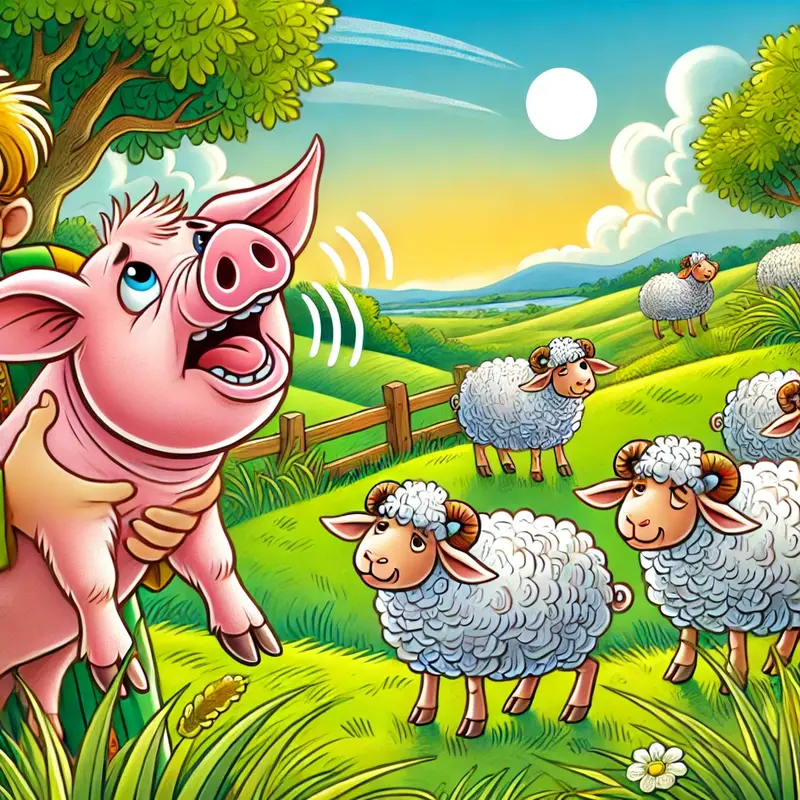
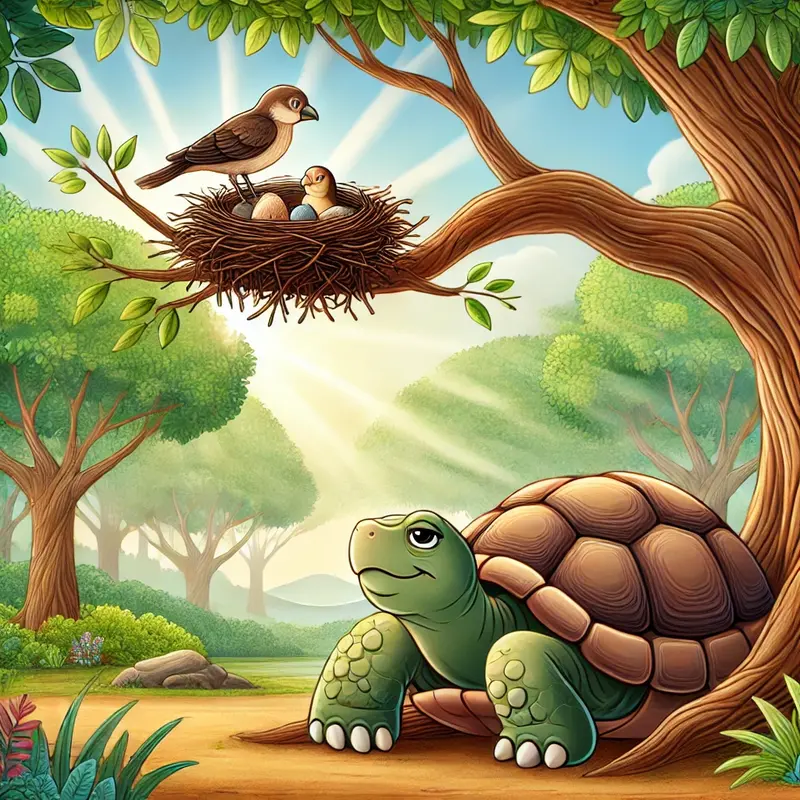

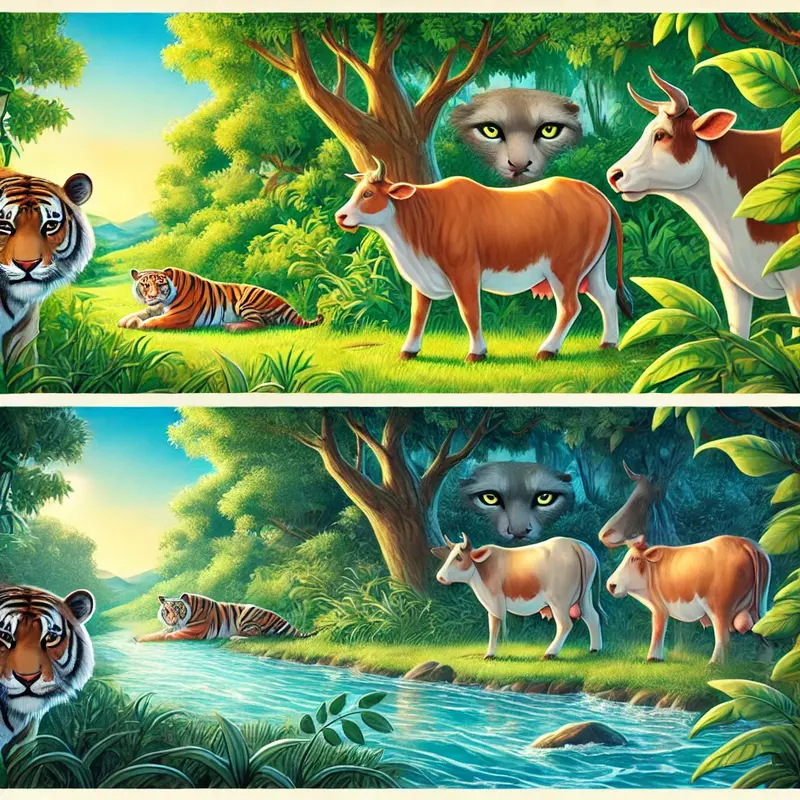

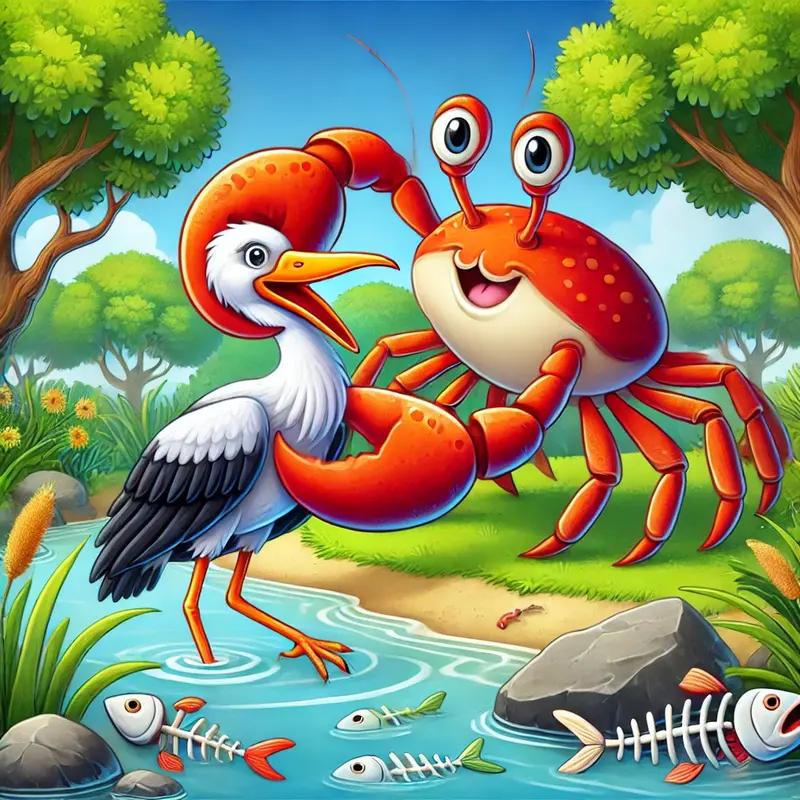
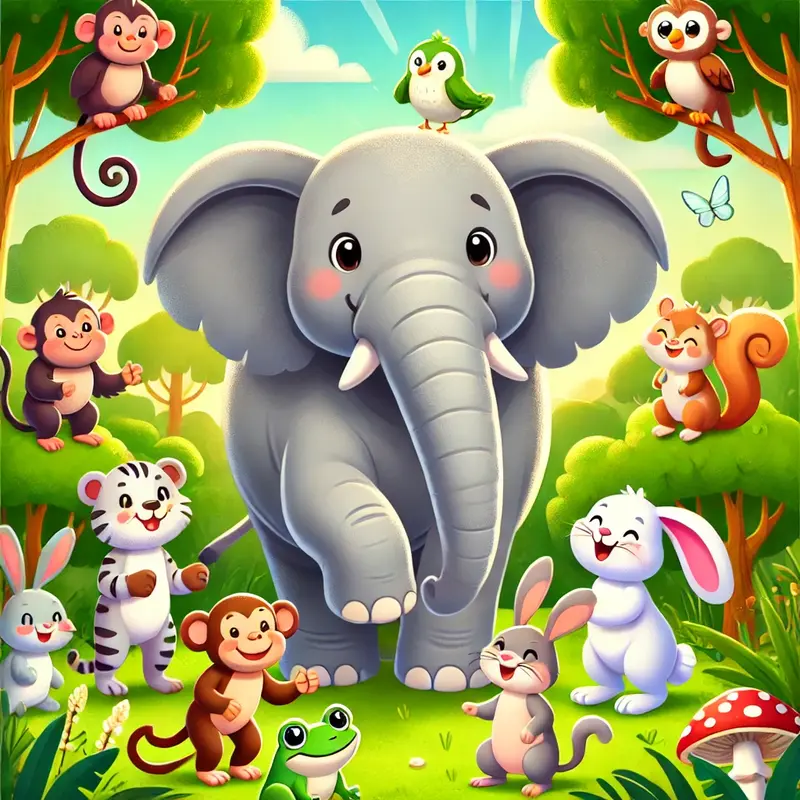
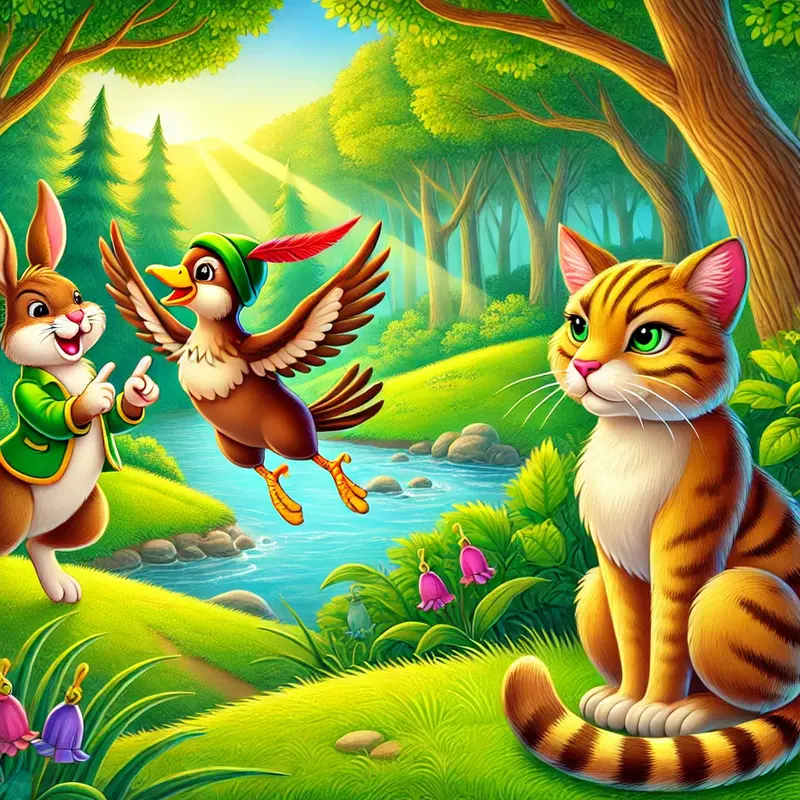
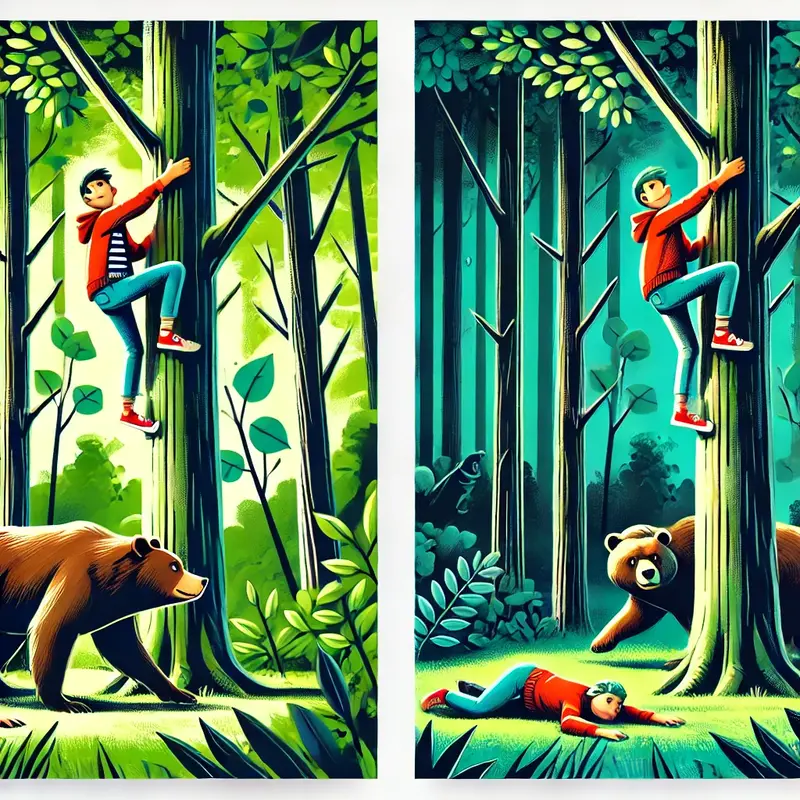

Comments: 0
Submit your comment